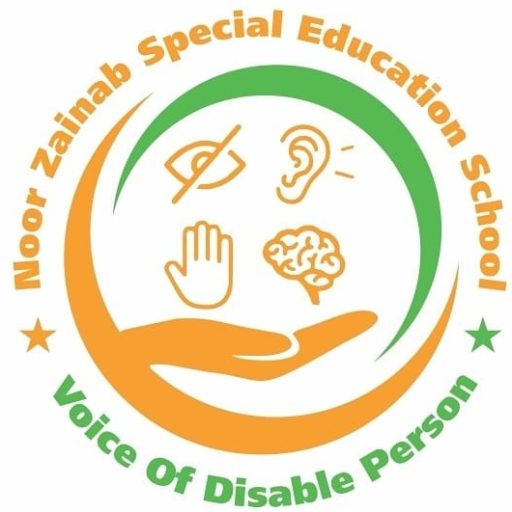Teachers Problem in Managing Anti- Social and Challenging Behavior of Children with Autism Spectrum Disorder
For children with autism spectrum disorder (ASD), teachers are essential to their growth and education. But coping with the demanding and antisocial behaviors that can be indicative of ASD presents a lot of difficulties for them frequently. From aggressiveness and social disengagement to repetitive behaviors and communication problems, these behaviors can take many forms. Managing these behaviors can present a number of obstacles for instructors, which we will examine in this article and then talk about some successful techniques to deal with these issues.
Knowing the underlying reasons behind the problematic and antisocial behaviors displayed by kids with ASD is one of the biggest problems teachers have. These behaviors are frequently the outcome of the child’s inability to control their emotions, interpret social signs, or process sensory information. Teachers could find it difficult to successfully address the behaviors if they don’t have a good understanding of these underlying concerns.
The varying behaviors of kids with ASD present another difficulty. Finding useful tactics that can be used by all students can be challenging for educators because what works for one child might not work for another. Teachers must be adaptable and flexible in their approach in order to meet the individual needs of each kid, and they must always be looking for new ways to address these needs.
Additionally, teachers may face challenges in managing the classroom environment to accommodate the sensory sensitivities of children with ASD. Bright lights, loud noises, and crowded spaces can be overwhelming for these children, leading to increased stress and anxiety. Teachers must create a calm and structured environment that minimizes sensory distractions and provides the necessary support for children with ASD to thrive.
Moreover, educators could find it difficult to interact with kids on the autism spectrum, especially if they don’t speak much. It’s possible that these kids struggle to communicate their wants and feelings, which can cause frustration and challenging behaviors. To assist these kids in expressing themselves and understanding others, teachers need to provide them with alternate forms of communication, such gestures, visual aids, or augmentative and alternative communication (AAC) devices.
The dearth of tools and assistance available to educators is a serious problem as well. To assist instructors in meeting the unique requirements of students with ASD, many schools could lack specialized support staff or proper training programs. Teachers may find it difficult to put successful techniques into practice and give the support that children with ASD require as a result of this lack of assistance.
Teachers can use a variety of ways to effectively handle the problematic and antisocial behaviors exhibited by children with ASD, even in the face of these obstacles. Using positive behavior support (PBS) approaches is one such tactic. PBS tactics center on comprehending the underlying reasons of behaviors and putting proactive solutions into place to stop problematic behaviors from happening.
Using visual tools to assist children with ASD comprehend expectations and negotiate social situations—such as picture cards, calendars, and social stories—is another successful tactic. Structure and predictability, which are crucial for kids with ASD, can be offered by these visual supports.
Teachers can also gain by working together to create a thorough support plan with parents, therapists, and other experts involved in the child’s care. By working together, we can guarantee uniformity in all environments and give the child the assistance they need to thrive.
In conclusion, handling the problematic and antisocial behaviors of kids with ASD presents substantial obstacles for instructors. Nonetheless, educators may establish a welcoming and inclusive environment where kids with ASD can flourish if they have a deeper comprehension of the underlying problems and apply useful techniques.

